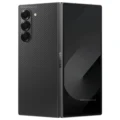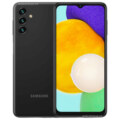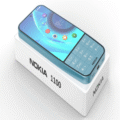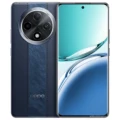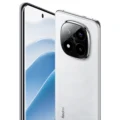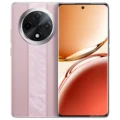- Home
- Mobile Phone
- Samsung
- Samsung Galaxy M35 5G
Samsung Galaxy M35 5G
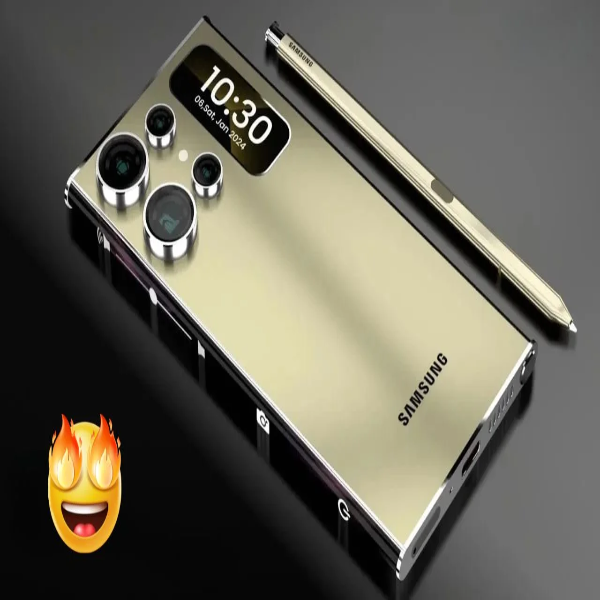

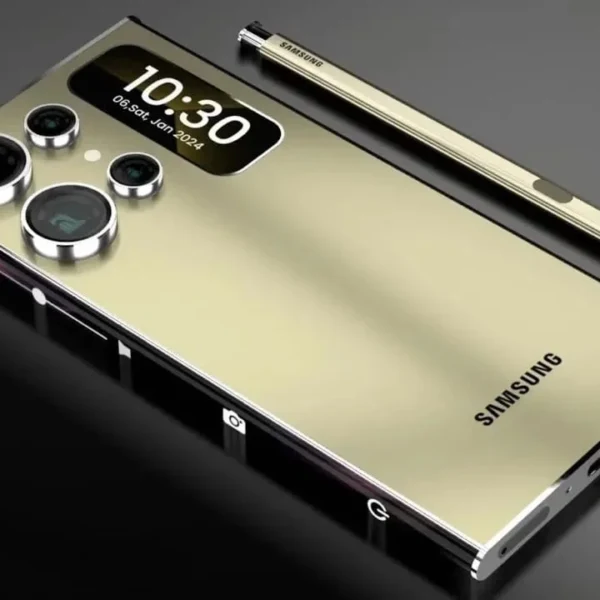
Specification
Network
| Technology | Supports GSM / HSPA / LTE / 5G networks |
| Speed | Typical for 4G LTE / 5G; exact bit rates unspecified |
Body
| Dimensions | 162.3 × 78.6 × 9.1 mm |
| Weight | 222 g |
| SIM | Dual SIM (Nano-SIM, dual stand-by); note: micro-SD uses shared slot in some variants |
Display
| Type | Super AMOLED |
| Size | Approximately 6.6 inches (~16.6 cm diagonal) |
| Resolution | 2340 × 1080 pixels (FHD+, ~390 ppi) |
| Protection | Corning Gorilla Glass Victus+ |
Platform
| OS | Android 14 with One UI (versions vary: some sources say Android 15 One UI 7) |
| Chipset | Samsung Exynos 1380 (5 nm) |
| CPU | Octa-core (4×2.4 GHz Cortex-A78 + 4×2.0 GHz Cortex-A55) |
| GPU | Mali-G68 MP5 |
Memory
| Card slot A special slot for inserting a memory card. Memory cards allow you to expand the phone's built-in memory (or in the past these slots have been used to add some missing features such as Wi-Fi connectivity). Memory cards have different capacities and are used to store and transfer files between compatible devices. There are several types of memory cards. The most popular and frequently used by mobile phone manufacturers is microSD; however, up until recently Sony Ericsson exclusively used the Memory Stick Micro (M2) card type developed by Sony. | microSDXC (via shared SIM slot), up to 1 TB |
| Internal Storage | 128 GB or 256 GB (UFS 2.2) |
| RAM | 6 GB or 8 GB |
| Variant A phone variant is a specific model or version of a phone that differs slightly from other versions of the same phone from the same manufacturer. These differences can include variations in colors, sizes, features, specifications, or other attributes that distinguish one variant from another. For example, smartphones can have different storage capacities and colors, and different iPhone variants can have different cellular bands. | 6 GB + 128 GB, 8 GB + 128 GB, 8 GB + 256 GB |
Camera
| Dual A camera is a device that captures light and processes it into an image. It does this through a lens, which focuses the light onto a light-sensitive surface where a picture is formed. This could be film in traditional cameras or an electronic sensor in digital cameras. | Triple setup — 50 MP main (f/1.8, OIS, PDAF), 8 MP ultrawide (f/2.2), 2 MP macro (f/2.4) |
| Features | LED flash, panorama, HDR, video recording up to 4K@30 fps (also 1080p@30/60 fps ) |
| Selfie camera | 13 MP (f/2.2) |
More
| Loudspeaker | Stereo speakers |
| 3.5mm jack | No |
| WLAN | Wi-Fi 802.11 a/b/g/n/ac/ax, dual-band, with Wi-Fi Direct & hotspot |
| Bluetooth | 5.3 (A2DP, LE) |
| GPS | GPS, GLONASS, GALILEO, BDS, QZSS |
| NFC | Supported (not always detailed, but generally included) |
| FM radio Mobile phones that support FM radio have a dedicated FM radio receiver chip. This chip is responsible for receiving FM radio signals and converting them into audio signals that can be played through the phone's speakers or headphones. | Not specified; likely not included |
| USB | USB Type-C 2.0, OTG support |
| Infrared port An infrared (IR) port is a port on an electronic device that sends and receives data using infrared light. IR ports were commonly used in wireless devices to allow for fast communication with other devices, such as base stations. IR ports work by allowing two devices to face each other and share data using infrared rays within a range of 10 meters. | |
| Sensors | Fingerprint (side-mounted), accelerometer, gyroscope, proximity sensor, compass/magnetometer, ambient light sensor |
| Battery Type | Li-ion, non-removable |
| Battery Capacity | 6000 mAh (typical ~6000 mAh; rated minimum ~5880 mAh) |
| Charging | Super Fast Charging up to 25 W |
| Color | Thunder Grey, DayBreak Blue, Moonlight Blue |
